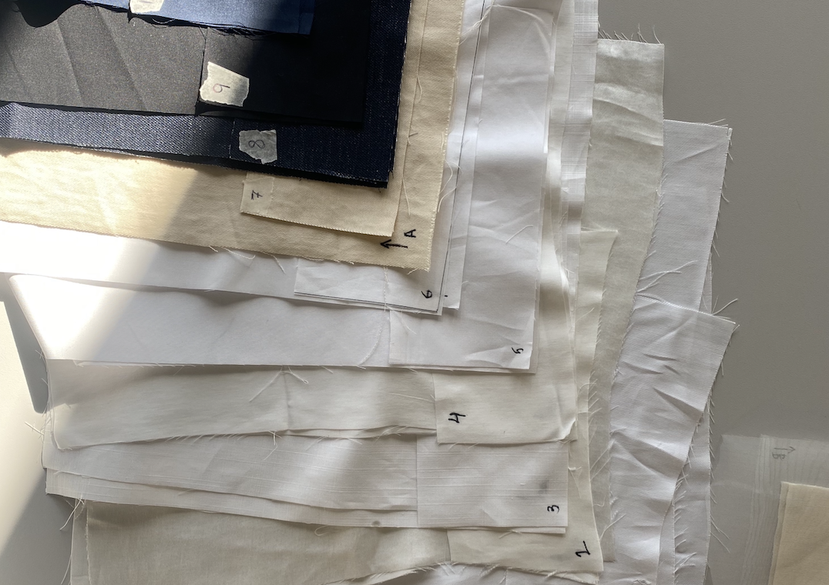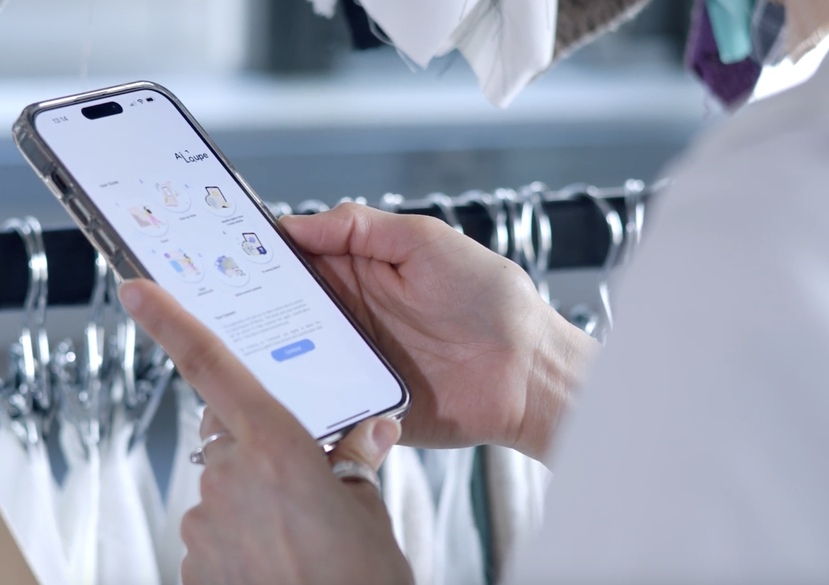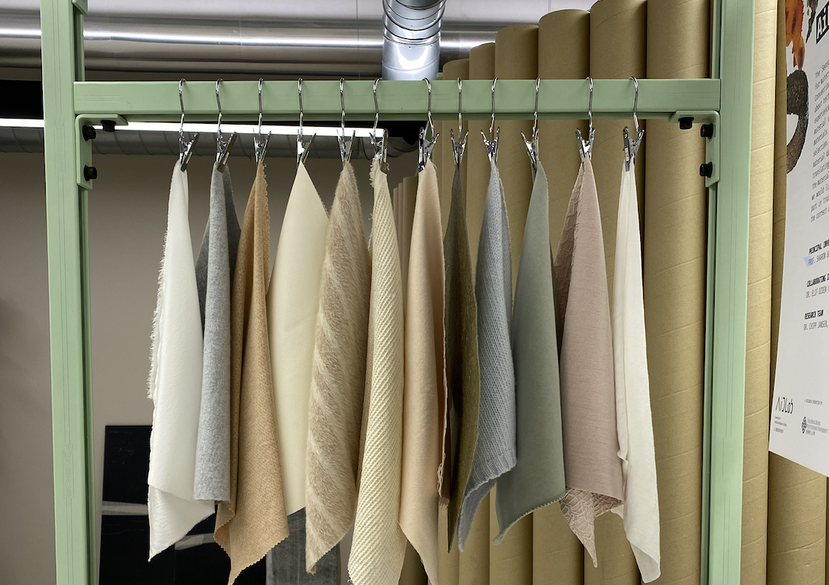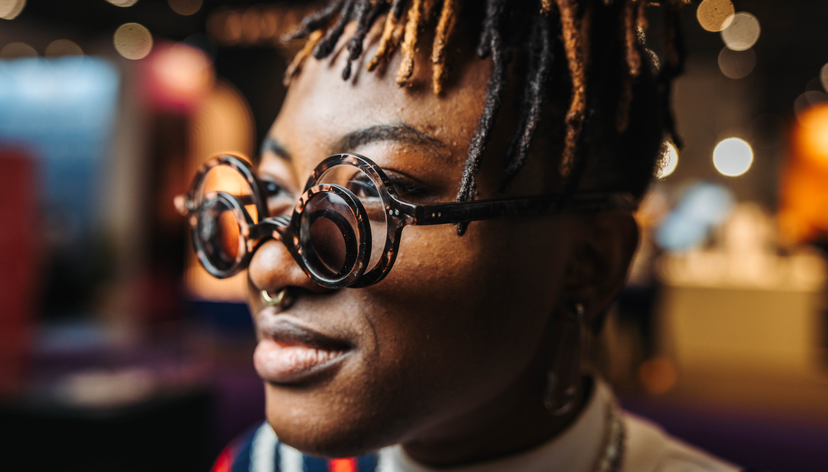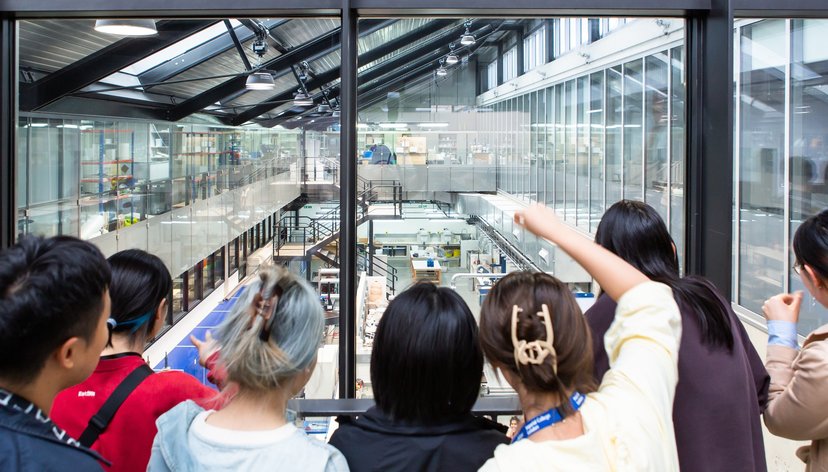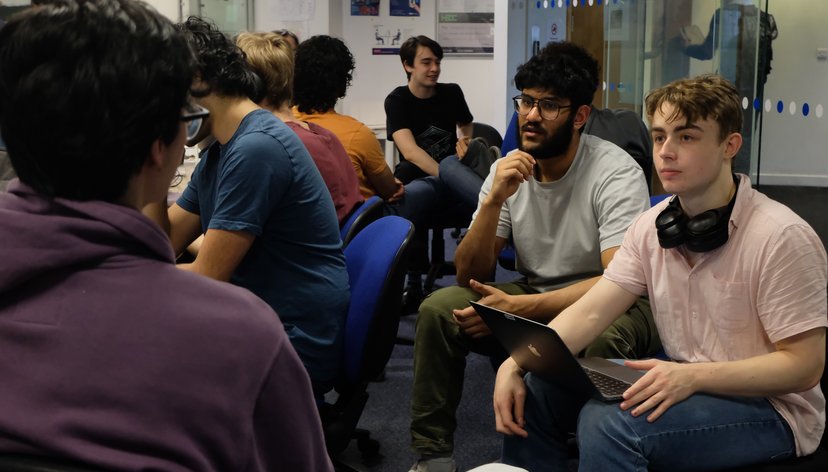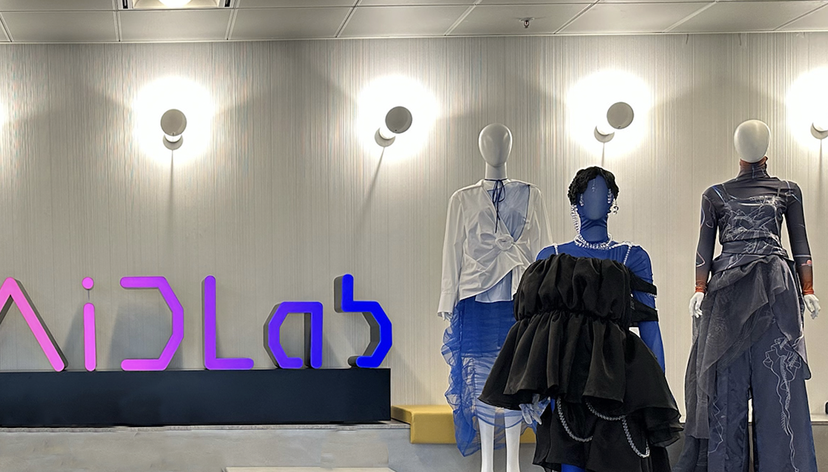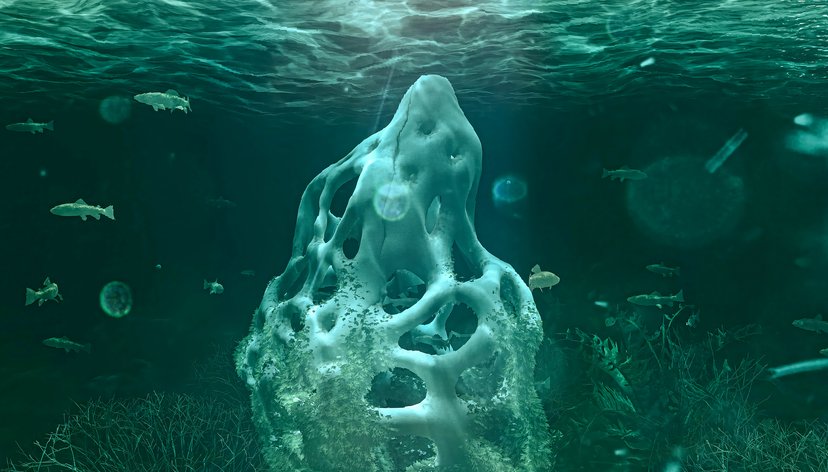
Introducing AiLoupe – a mobile application which uses image-based material recognition of textile materials in a purpose-built Sensory Materials Library to equip designers with the necessary knowledge to identify, select and source materials in the studio and at fabric expos.
AiLoupe uses a bespoke AI image recognition model to scan fabrics and identify similar materials, providing designers with the necessary knowledge to identify, source and select materials in the design process through detailed Material Data Cards.
The Material Data Cards present objective data, such as composition, structure, and mechanical performance properties of materials generated using industry equipment in the Materials Science Research Centre’s Immersion Lab at the Royal College of Art, and also subjective data on the sensory properties of materials. The Cards also include information on aftercare, supply chain, and sustainability and recyclability.
These two tools allow designers to store and share both physical and sensory properties of materials, thereby reducing the waste and energy that is often associated with sourcing, sampling and logistics. They enable human intervention and creativity, and allow for a responsive manufacturing process, and encourage more educated and sustainable materials selection within the design process.
Key details
Gallery
More information
The challenge
Through the experience of designing and working with materials, designers develop deep sensory knowledge of the properties of materials. However, they often struggle to articulate and communicate this knowledge to others in industry because of the lack of a common language to describe the characteristics of materials.
Digital materials libraries could help to increase the accessibility of the characteristics of materials, however these libraries lack sensory data. Gathering this data is constrained by current textile industry tools which rely on expensive and high-tech equipment, as well as a focus on technical standardisation.
The textile industry has a long history of developing methods of measuring the ‘textile hand’ and the experience of textiles. However, the standard of digitalising material data is specific to quality assurance and standardisation and not towards design innovation.
Subjective testing is also time consuming and costly, involving human participants. Published research focus on narrow applications and small groups of materials, and often industry material library research remains closed source.
What we did
We developed the Sensory Materials Library, a dataset of over 100 materials, which provides an inclusive and holistic approach to making the sensory properties accessible within a materials library. To generate data on the human experience of textiles, we conducted Textile Assessment Studies in various settings, including both individual assessments with textile experts, and in groups at international design conferences.
As the Sensory Materials Library grew through the use of human-centred design methods, we began developing an application, AiLoupe, to demonstrate the multisensory qualities of the data on materials. AiLoupe uses a bespoke AI image recognition model to identify similar materials within the Library, which provides designers with the necessary knowledge to identify, source and select materials in the design process through detailed Material Data Cards.

